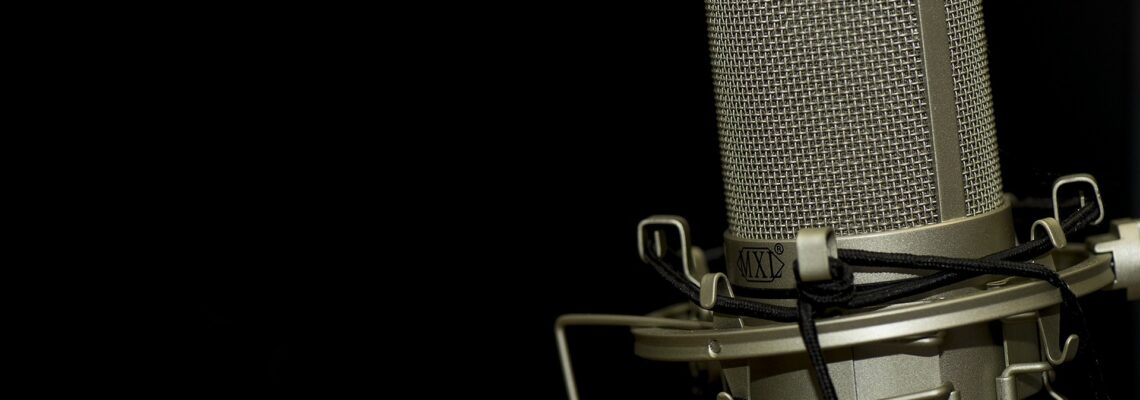
Often used synonymously, dubbing and voice over are two sides of the same coin. As much as we feel they are similar, they are different in more ways than one.
Yes, dubbing and voice over are a part of the same creative stream. Even so, dubbing and voice over are varied in the functioning and creative process.
In today’s blog, we will discuss the difference between both. So, if you are wondering which service to use for your business project or whether it is something you are considering as a career opportunity, this is the right place for you.
Hang on; we will get there, step by step, in our article: voice over vs dubbing.
What is a voice over?
According to Studiobinder.com, “voice over is a production technique where a voice is recorded for off-screen use. While prominently used to reference movies and television, voice over can also be used for telephone services, along with other informational service.”
The history of voice over can be traced back to the 1900s. It is believed that Walt Disney was the first to introduce voice over as the role of Mickey Mouse in “Steamboat Willie.” That was around 1928.
This historical invention is credited to the Canadian inventor Reginald Fessenden. Since then, technological advancements have brought unprecedented changes to this incredible invention.
What is dubbing?
Before we get to the dubbing vs. voice over part, we must understand both aspects. Now that we have covered the voice over part let’s briefly discuss what dubbing is.
Simply put, dubbing provides a movie, video game, or other media with audio different from the original language. Dubbing is the reason why people across the globe can enjoy impressive blockbusters without struggling with the language barrier.
According to Wikipedia, the origin of dubbing dates back earlier than we expected. It first came into existence for political reasons. In Fascist Italy and Francoist Spain, it was used to enforce particular ideological agendas, excising negative references to the nation and its leaders and promoting standardized national languages at the expense of local dialects and minority languages.
The first post-WWII movie to be dubbed was Konstantin Zaslonov (1949), dubbed from Russian to the Czech language.
Read also: Best Dubbing Studio in Delhi
Dubbing vs. Voice Over: What’s the difference?
Finally, what are the fundamental differences between these two creative processes? How is dubbing different from voice over and vice versa?
Well, to answer that question, here are a few criteria to look for:
Emotions and tonality
Voice over is narrative in nature; hence, it lacks the emotional depth and tonality perfectly captured in the dubbing process. Dubbing is much more precise as it maintains the technical richness and emotional quotient better than voice over.
Noticeable Voice over is sufficiently noticeable by the audience when compared to dubbing. The narrative is placed along with the audio in case of voice over. While dubbing is the same audio in a language different than the original. Hence, voice over is much easier to detect for the audience than dubbing.
Involvement
Regarding voice over vs dubbing, it is safe to say that dubbing is a more involved creative process than voice over. It involves getting in-depth with the content and understanding the actors’ emotions and scenes before starting the dubbing process.
Read also: How to Become Voice Over Artist in India
Pros and cons of voice over and dubbing
Pros of voice over
a) Cost-effective: voice over usually requires one or two voice actors compared to dubbing, which needs an entire crew of dubbing artists for the most part. In that sense, voice over is cost-effective.
b) Accuracy: since the voice over doesn’t require lip-syncing, it is more accurate in comparison.
Cons of voice over
a) Fails to grasp the depth of the content: since the voice over is a narrative process, many times, it might sound mechanic. Especially if done poorly.
b) Can interfere with information delivery: voice over is mainly used for delivering information. But if the artist cannot grasp the information correctly, it can affect the voice over and ruin the brand image or content of the voice over.
Pros of dubbing:
a) More involved process: as we mentioned above, dubbing is a more creatively involved process. It includes going in-depth and understanding feelings and expressions correctly before dubbing.
b) More immersive experience: since dubbing is the same audio, just translated in a different language than the original, it provides for a much deeper and more immersive audiovisual experience.
Cons of dubbing:
a) Expensive: dubbing is undeniably expensive because it mostly requires a large workforce of dubbing artists. That can prove to be expensive.
b) Less accurate: accuracy can be a problem with dubbing, too, given the new audio needs to be in sync with the video. Failing to do that can ruin the entire experience.
Voiceover vs. dubbing: which one should you use?
It is a tricky question to answer, given both are extremely important in their way, but to discern which method you would like to use, it is a good idea to assess your content and requirement.
Voice over is more suitable for short documentaries, explainer videos, reports, etc. On the other hand, dubbing is more suited for emotionally rich content like movies, TV shows, and other content requiring retaining information, tonality, and emotions.
The debate about voice over vs dubbing is a never-ending one, but it is safe to say that both are a master in their field and are equally important in their way.

